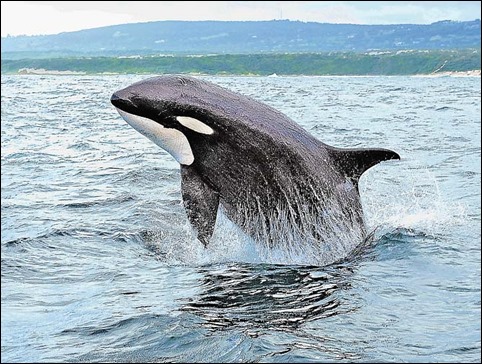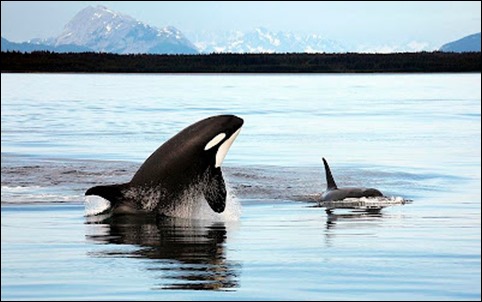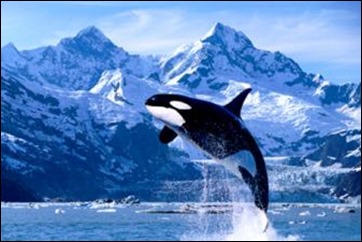An Open Letter to SeaWorld Parks & Entertainment
While we applaud the SeaWorld decisions to end immediately their captive breeding program and to phase out theatrical shows by 2019, we cannot in good conscience allow the misrepresentations in your new advertising campaign to go unanswered and unchallenged.
Despite your progress, 28 orcas remain in concrete tanks that are detrimental to their health. The best solution for those animals is to relocate them to seaside sanctuaries, as living in natural habitat has been proven to promote the health and well-being of whales and dolphins.
We emphatically reject your mischaracterization of seaside sanctuaries as “sea cages”. Moreover, your current ad campaign blatantly conflates the effort to move orcas to sanctuaries with release to the wild, which is not being proposed by any responsible organization. Your ad is an attempt to create a false choice: either keep orcas at your facilities, or drop them in the ocean to fend for themselves. What is being proposed as the best option is the relocation of captive orcas to carefully managed seaside sanctuaries where orcas can thrive without performances and the well-known stressors of living in a concrete tank, and instead receive care, feeding, and veterinary support in a more natural setting.
Sanctuaries for the retirement of captive animals are a longstanding, effective and globally-accepted alternative to artificial enclosures for other large, wide-roaming animals such as elephants, primates, big cats, horses and many other species. It is a highly successful model.
There is no valid reason not to extend the https://www.cialissansordonnancefr24.com/cialis-pas-cher/ sanctuary model to whales and dolphins.
We call on you to demonstrate your truthfulness and authenticity by working with others to develop seaside retirement sanctuaries for orcas and the other cetaceans in your care.
Thank you.
Sincerely,
Lori Marino, Ph.D.
Executive Director
The Kimmela Center for Animal Advocacy



